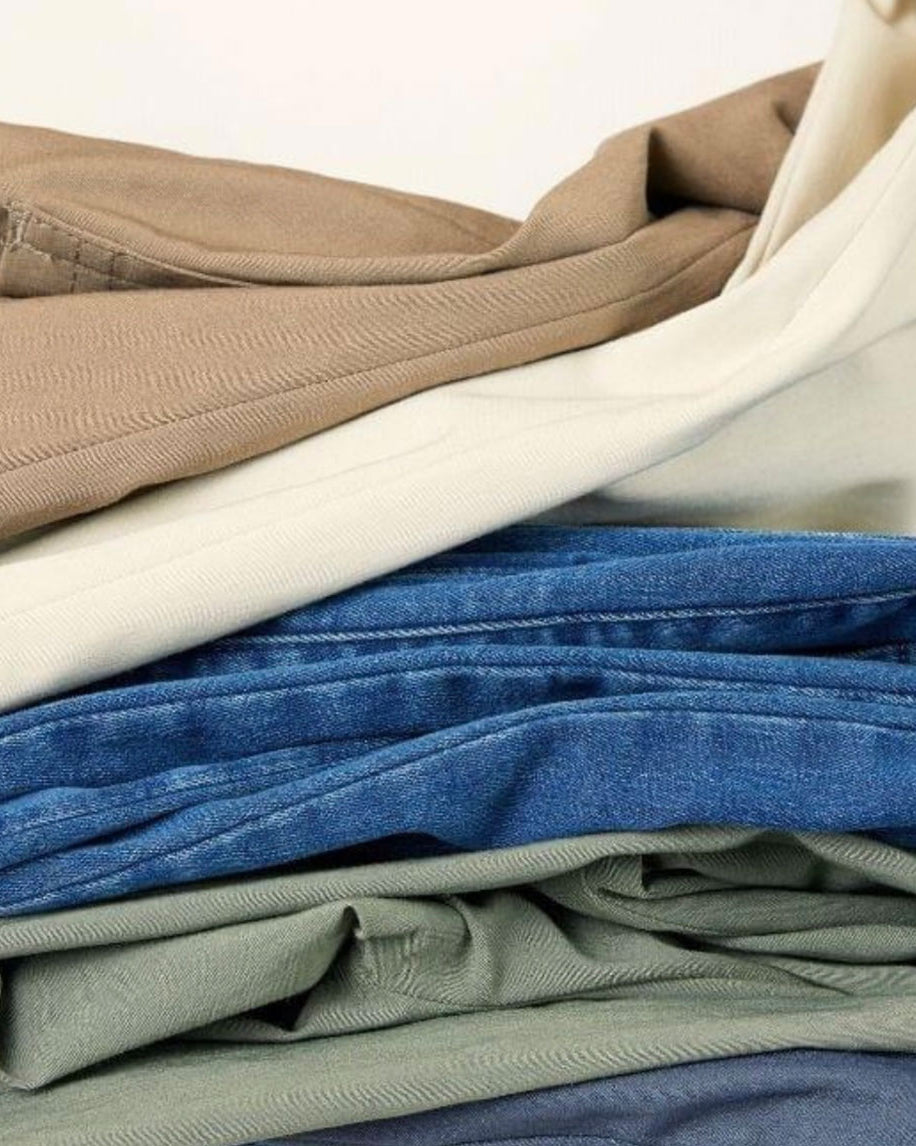As the mother of the bride, finding the perfect dress is more than just selecting a beautiful gown; it’s about choosing one that makes you feel radiant and complements your natural complexion. This guide will help you understand how to pick a dress that enhances your skin tone, making sure you shine on your daughter’s special day.
Understanding Skin UndertonesYour skin’s undertone plays a critical role in determining which dress colors will look best on you. While your surface skin color can change with sun exposure, your undertone remains the same. Undertones are generally classified into three categories: warm, cool, and neutral.
How to Determine Your Undertone
To find out your skin’s undertone, check the veins on the inside of your wrist. If your veins appear green, you likely have a warm undertone. If they look blue or purple, your undertone is cool. If you can’t quite tell, you may have a neutral undertone.
The Three Major Skin Undertones: Warm, Cool, and Neutral
Each undertone reacts differently to colors, so understanding your skin's unique characteristics will help guide your dress selection.
- Warm Undertones: Characteristics and Colours: People with warm undertones often have yellow, peach, or golden hues in their skin. Colours like earthy tones, oranges, and yellows tend to enhance warm complexions, bringing out a natural glow. Gold jewelry and accessories usually complement warm undertones as well.
- Cool Undertones: Characteristics and Colours: If your skin has pink, red, or blueish hues, you likely have a cool undertone. Colors like blue, purple, and emerald green work wonders for this skin type, giving you a striking appearance. Silver and platinum jewelry often pairs best with cool undertones.
- Neutral Undertones: Characteristics and Versatility: Neutral undertones have a balanced mix of cool and warm tones, allowing you to wear a wider variety of colours. Pastels, muted tones, and even bright colours work well for neutral complexions. You can comfortably wear both gold and silver jewelry.
Best Fabrics for Different Complexions
While color is important, the fabric of your dress also plays a role in complementing your skin tone. Different fabrics interact with light in unique ways, which can impact how the color appears on your skin.
How Fabrics Interact with Skin Tone
For example, satin and silk reflect light and can bring out the richness in your complexion. Meanwhile, matte fabrics like cotton or chiffon provide a more subdued, softer appearance. Depending on your skin tone and the vibe of the wedding, choosing the right fabric can make a significant difference.
Colour Choices Based on Undertones
Now that you understand your undertone, you can focus on the colors that will make you look your best.
- Ideal Colours for Warm Undertones: For warm undertones, look for shades of red, orange, gold, and olive. These colours will naturally enhance your skin’s golden hues, giving you a radiant appearance.
- Ideal Colours for Cool Undertones: Cool undertones shine best in colours like sapphire blue, ruby red, emerald green, and cool purples. These tones balance out the pinks and blues in your skin, creating a harmonious and elegant look.
- Ideal Colours for Neutral Undertones: Neutral undertones can play with a wider colour palette. Soft pinks, pastel yellows, and even bold reds can work beautifully. Feel free to experiment with colours that you love, as your complexion will handle a variety of shades with ease.
Considering the Season and Venue
The season and wedding venue are important factors to consider when selecting your dress color and fabric.
- Adapting to Seasonal Trends: For spring or summer weddings, light and airy colours like soft blues, light pinks, or even pastels are great options. In fall or winter, you may want to consider deeper tones like burgundy, forest green, or navy.
- Venue-Appropriate Dress Colours: For outdoor weddings, avoid overly bright colours that may clash with the natural surroundings. If the wedding is indoors or in a formal setting, you can go for bolder, more dramatic colors that complement the ambiance.
Dress Lengths That Suit Different Skin Tones
The length of your dress can also impact how well it complements your complexion.
- Short vs. Long: What Works Best? Shorter dresses in soft, pastel colours can suit warm summer complexions, while longer, flowing dresses in deeper hues can flatter cooler or neutral skin tones.
- Matching Dress Length to Skin Tone: If you have a warm complexion, long dresses in shades of gold, bronze, or terracotta can add elegance. For cool undertones, opt for long dresses in cool colours like emerald green or royal blue.
Accessories That Enhance Complexion
Choosing the right accessories can elevate your look and further complement your skin tone.
Jewelry Colors for Warm, Cool, and Neutral Undertones
Gold jewelry pairs well with warm undertones, while silver and platinum look best on cool undertones. Neutral undertones can enjoy the flexibility of wearing both gold and silver accessories.
Shoe Colors That Complement Your Dress and Complexion
For warm-toned skin, bronze or gold shoes work well, while cool undertones look stunning with silver or cool metallics.
Final Touches: Hair and Makeup
Your overall look wouldn’t be complete without considering your hair and makeup choices.
- Hair Colours and Styles That Enhance Skin Tone: Warm undertones pair beautifully with hair colours like golden blonde, honey brown, or rich auburn. Cool undertones work well with ash brown, platinum blonde, or black. Neutral undertones can try both warm and cool hair colours.
- Makeup Tips for Warm, Cool, and Neutral Undertones: For warm undertones, use golden or peachy makeup shades. Cool undertones should opt for pinks, berries, and cool-toned neutrals. Neutral skin tones can experiment with a wider range of makeup shades.






